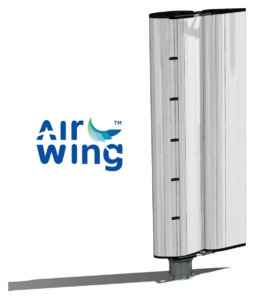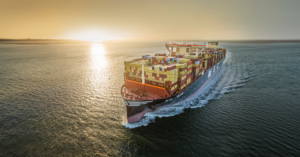Thirteen bilateral projects aimed at enabling zero-emissions ship operation have been announced as part of the US and Norway-led Green Shipping Challenge.
Countries have confirmed plans for a veritable maze of green corridors at the COP27 climate discussions. If realised the projects would far exceed the pledge made under the Clydebank Declaration at last year’s talks, where 24 countries aimed to open at least six corridors by the mid-2020s.
Green corridors are defined in an ABS publication as “a shipping route between two major port hubs (including intermediary stopovers) on which the technological, economic and regulatory feasibility of the operation of zero-emission ships are catalysed through public and private actions”. Under the Green Shipping Challenge led by the US and Norway, 13 separate green corridor projects were highlighted under more than 40 announcements.
The US will build on its significant investment in preparing its ports for decarbonisation – including a US$3 billion rebate and grant scheme for port equipment, technology and technical assistance under the Inflation Reduction Act – by working on three bilateral green corridor plans, with Korea, Canada and the UK. It is also investing US$1.5 million in a Green Shipping Corridors Initiation Project to assist with the formation of green corridors involving developing countries and will establish an online resource for the planning of green corridors.
Australia has signed a wide Green Economy Agreement with Singapore that covers several areas of cooperation, including an initiative to cooperate on green shipping. Areas of collaboration could include decarbonisation of operations at sea and at ports, assessing routes, alternative fuel use and bunkering, and infrastructure requirements. The project adds to an existing A$30 million Australian–Singapore partnership to accelerate the deployment of low emissions fuels and technologies like clean hydrogen to reduce emissions in maritime and port operations.
Nearing execution
Some of the plans grouped under the Green Shipping Challenge are already nearing execution. Belgium reported that a green corridor between North Sea Port and Gothenburg in Sweden is at “a very advanced stage”. Both ports are making adaptations to infrastructure, including developing an alternative fuels value chain with local production, import and storage of green fuels, as well as facilitating bunkering regulations. They will incentivise the use of the corridor by giving further discount on port dues for green vessels and those using cleaner fuels.
Other initiatives are taking a ‘fuel-first’ approach to establishing green corridors. The Norwegian Green Shipping Programme consists of more than 100 partners and is exploring aspects including ship design, safety rules and green ammonia production. It plans to realise three ammonia powered vessels by 2026 under its centre for green fleet renewal, with some of them running on a green corridor that has yet to be determined.
The corridor approach is not the only direction being explored, with some aiming to spur multilateral rather than bilateral action. Under the Clean Energy Maritime Hubs Platform, launched by the International Chamber of Shipping (ICS) and International Association of Ports and Harbors (IAPH), an initial five countries – the UAE, Canada, Panama, Uruguay and Norway – will be the first to share knowledge and best practices to accelerate the establishment of low-carbon export/import hubs. The project units stakeholders across the “energy-maritime value chain” with governments aiming to produce and transport low-carbon fuels through maritime, including the use of these fuels by shipping.
The full list of announcements under the Green Shipping Challenge can be viewed here.







































